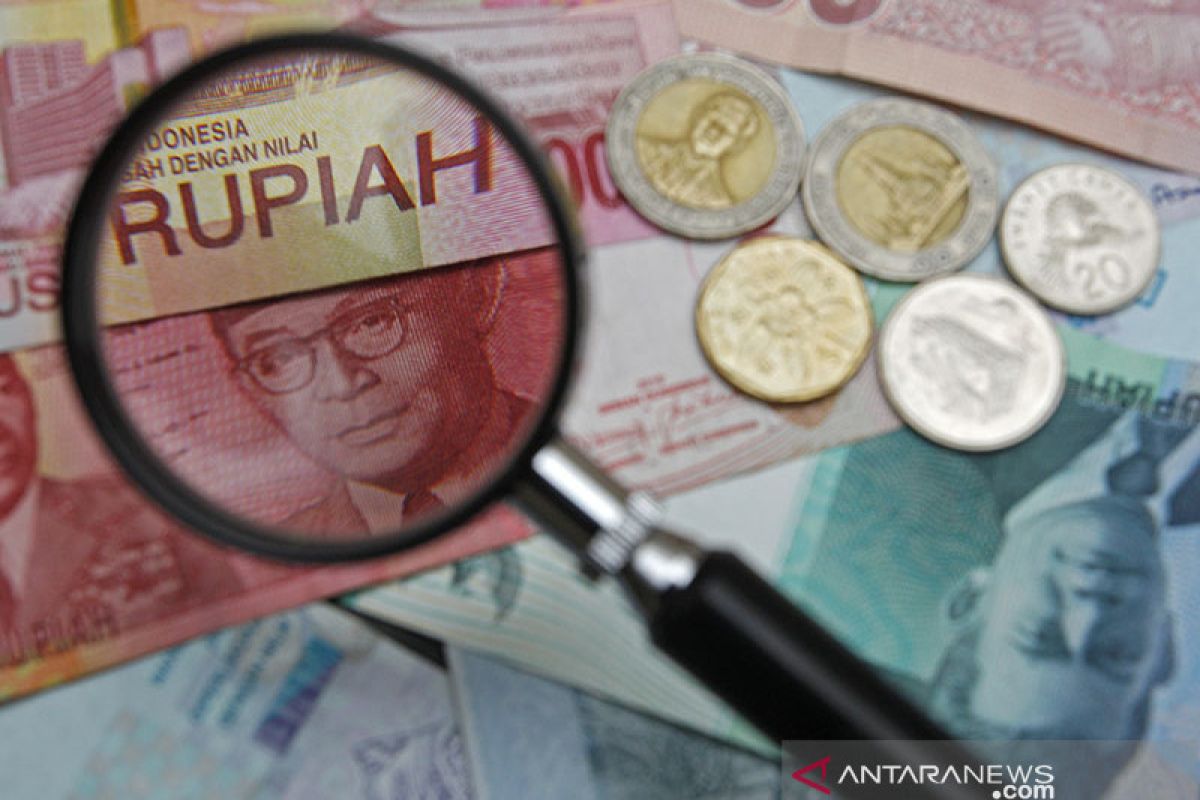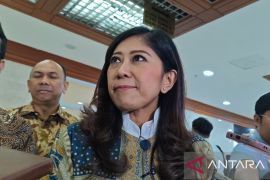The growth was driven by the 17.9-percent growth of accelerated narrow money (M1) (yoy) and the 9.3-percent growth of quasi money (yoy).
BI’s communication department head, Erwin Haryono, noted in a statement here on Monday that M2 growth in December 2021 was driven by the government’s financial expansion and credit distribution.
The government’s financial expansion was reflected from the net bills that rose by 37.7 percent (yoy) as compared to 30.4 percent in November 2021.
Moreover, credit distribution climbed by 4.9 percent (yoy), from 4.4 percent in the corresponding month last year (yoy).
Related news: Electronic system operator monitored after BI's hacking incident
Meanwhile, the uptick in M1 growth was mainly driven by increases recorded in terms of the currency, rupiah demand deposits, and rupiah savings that can be withdrawn at any time, he explained.
Currency circulation in December 2021 that rose by 9.4 percent to Rp831.2 trillion, from 8.8 percent in corresponding month last year, aligned with the increasing public activity and the flattening COVID-19 case rates in Indonesia by 2021-end.
On the other hand, rupiah demand deposits in December 2021 experienced a growth of 32.4 percent (yoy), from 23.3 percent (yoy).
The rupiah demand deposits were restrained by deceleration in the electronic money balance that stood at Rp8.3 trillion, or 4.6-percent (yoy) lower as compared to 10.9 percent (yoy) in the corresponding month last year (yoy), with a share of 0.19 percent to M1 (yoy).
The rupiah savings withdrawn at any time in December 2021 experienced a growth of 13 percent to reach Rp2,131.8 trillion (yoy), with a 48.3-percent share to M1, from 11.9 percent (yoy) in November 2021.
Related news: BI keeps key rate unchanged at 3.5 percent
The quasi money, with a 43.6-percent share to M2 and having recorded a growth of 9.3 percent to reach Rp3,430.5 trillion in December 2021, was higher than seven percent clocked during the corresponding month last year, driven by an increase in time deposits and foreign currency demand deposits.
Meanwhile, marketable securities apart from stocks continued to clock negative growth of 2.3 percent (yoy), albeit not as deep as the negative growth in the corresponding month last year that touched 16.3 percent (yoy).
This development was attributed to an increase in non-banking financial institution ownership on rupiah-denominated securities issued by banks as well as an increase in the banks' rupiah acceptance obligations for non-financial corporations.
Related news: Coal gasification to reduce Rp70 trillion subsidy from APBN: Jokowi
Related news: Government extends PPKM in Java-Bali amid COVID-19 cases under control
Translator: Agatha Olivia, Juwita Trisna
Editor: Fardah Assegaf
Copyright © ANTARA 2022












